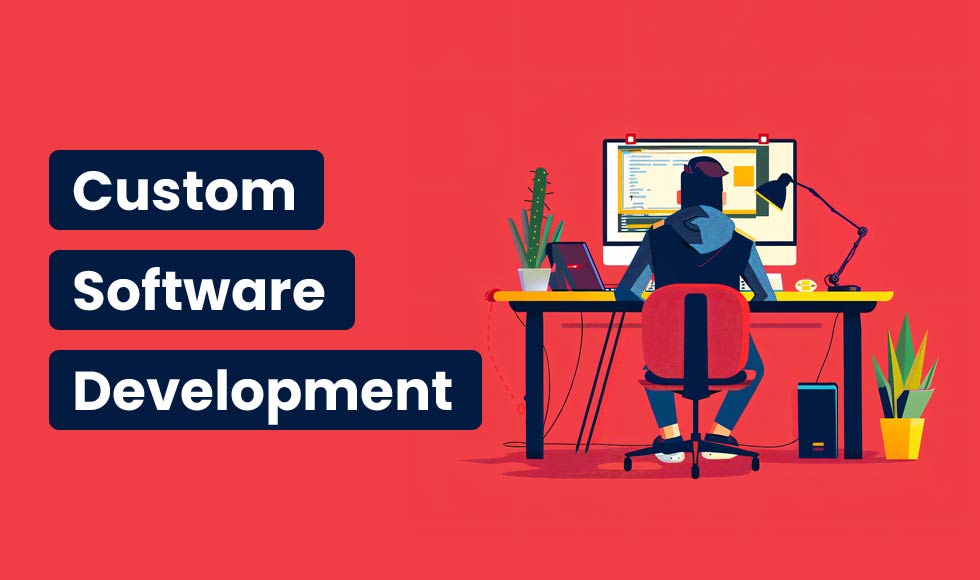-
 Web Development 27 Feb 2025
Web Development 27 Feb 2025 -
 Web Development 24 Jan 2025
Web Development 24 Jan 2025 -
 Web Development 05 Dec 2024
Web Development 05 Dec 2024 -
 Web Development 28 Nov 2024
Web Development 28 Nov 2024 -
 Web Development 07 Nov 2024
Web Development 07 Nov 2024 -
 Web Development 10 Oct 2024
Web Development 10 Oct 2024 -
 Web Development 27 Sep 2024
Web Development 27 Sep 2024 -
 Web Development 20 Sep 2024
Web Development 20 Sep 2024 -
 Web Development 13 Aug 2024
Web Development 13 Aug 2024 -
 App Development 01 Aug 2024
App Development 01 Aug 2024 -
 Web Development 24 Apr 2024
Web Development 24 Apr 2024 -
 Web Development 02 Apr 2024
Web Development 02 Apr 2024
